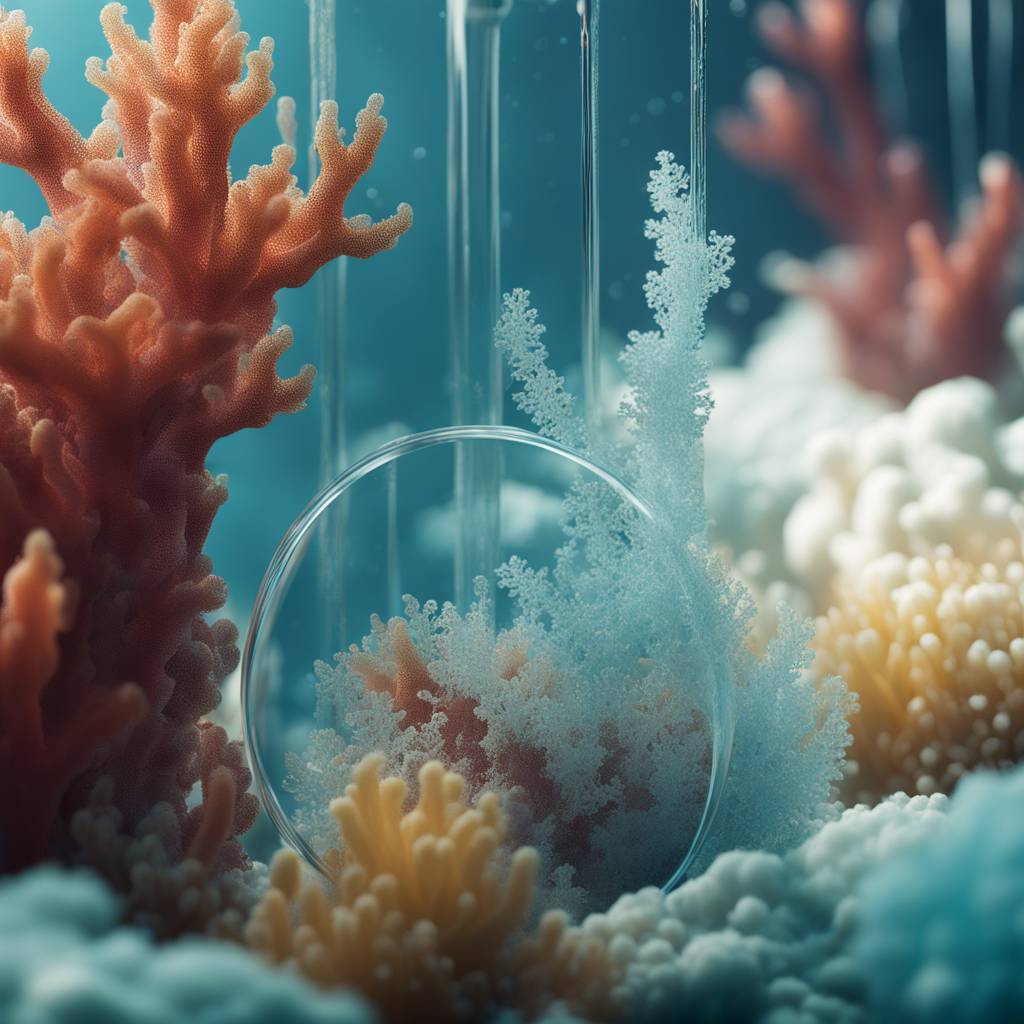A group of researchers led by engineers from the University of Massachusetts Amherst have developed UV rays-emitting glass that can reduce 98% of biofilm from growing on surfaces in underwater environments. Biofilm is a slimy layer of microorganisms that grows on wet surfaces, causing issues in applications such as ship maintenance, fuel usage, and damage to underwater equipment. The United States Navy estimates that biofilms cost its fleet between $180 and $260 million annually. Current solutions for dealing with biofilm involve chemical agents that can have negative effects on the environment and only last for a short duration.
In response to the limitations of chemical methods, the UMass Amherst team developed biofilm-resistant glass using UVC radiation, the most effective wavelength of UV radiation for disinfection. The team’s previous work demonstrated that UV side-emitting optical fibers could distribute UVC radiation for disinfection in medical equipment, household devices, and water systems. However, distributing UV light evenly in an underwater environment presents challenges such as the weakening of light as it moves away from the source and disruptions caused by murky water.
To address the uneven distribution of UV light, the team coated the glass with silica nanoparticles that scatter the UV light from inside the glass to the outside. This coating allows for an even distribution of UV light across the glass surface, inhibiting biofilm formation by directly preventing the organisms from attaching to the surface. In a study conducted in collaboration with Florida Tech and the Navy, the UV-emitting glass reduced visible biofilm growth by 98% when submerged in water for 20 days.
The researchers believe that this discovery has diverse applications for disinfecting transparent surfaces, such as windows on ships, camera lenses, sensors for oceanographic and agricultural purposes, and water treatment applications. The team has received a provisional patent for their discovery and plans to further optimize the technology by testing its long-term effectiveness, assessing environmental impacts, and expanding it to cover larger surface areas. Additionally, they are exploring ways to prevent biofilm formation on camera lenses to improve the deployment duration of underwater optical equipment.
Overall, the development of UV-emitting glass as a biofilm-resistant solution for underwater environments shows promise in addressing the costly and damaging effects of biofilm formation. By utilizing this technology, industries such as naval fleets, underwater equipment maintenance, and environmental monitoring can potentially reduce expenses and improve efficiency in maintaining surfaces and equipment in underwater environments.




